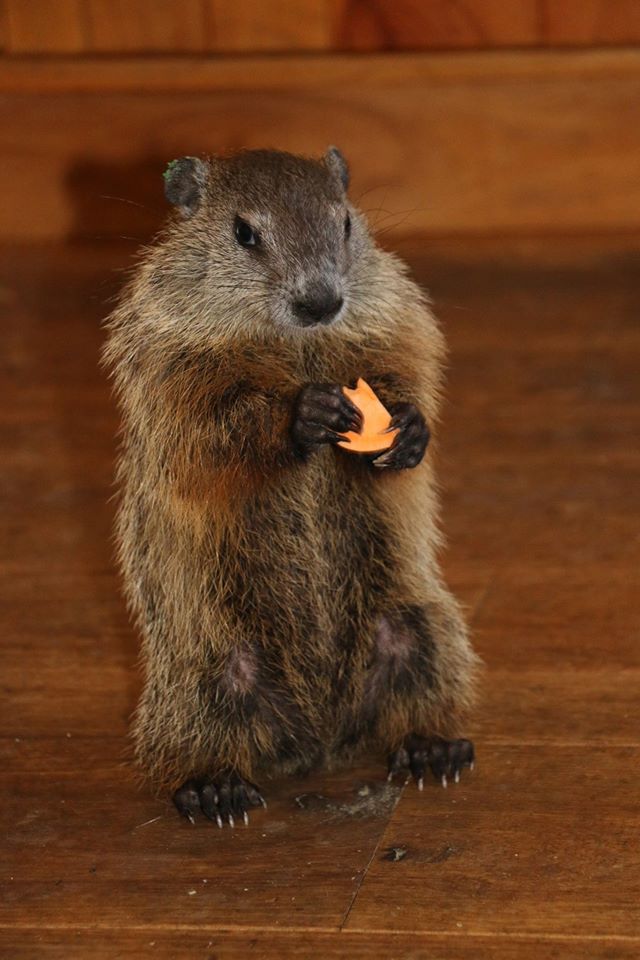Controlling Critters

Keeping unwanted critters away can be a tricky business. Make sure exterior garbage, recycling, and compost containers are shut tight, and pick up any fallen fruit around apple, pear, or plum trees. These measures go only so far, so you may need a more aggressive strategy.
You could use a repellent such as Bonide’s Organic Repels-All, a concoction of dried blood, putrescent egg solids, and garlic oil. The stuff, which can be sprayed on plants, grass, walkways, and buildings, smells terrible and thereby provides a natural barrier to unwanted animals.
Another choice is Shake-Away Organic Animal Repellent, which comes in various formulas targeted to particular pests. It uses the urine of a feared predator, the fox.
Deer me! What’s eating your landscape?
These solutions can last for weeks in dry climates, but need to be re-applied following precipitation.
If these products don’t do the trick, flowers might. Gardening expert Bonnie Manion says narcissus bulbs naturally deter gophers. “Bulbs planted in the ground send out a year-round message to critters by actually ‘advertising’ a toxicity odor or  fragrance.”
fragrance.”
If squirrels are damaging your trees, install aluminum collars around the bases of the trunks to prevent them from climbing; adjacent trees need to be wrapped, too, since jumping from tree to tree is a squirrel’s stock and trade.
If squirrels are hogging the bird feeder, there are a number of feeder styles that will deter them, including some with a perch that starts to spin whenever a creature heavier than a bird steps on it, tossing the invader gently off.
Gophers and groundhogs dig tunnels and eat seeds, roots, and often your entire garden bounty. They are particularly difficult to chase away. The common and often cruel method of flooding their tunnels with water will only temporarily deter them.
Another approach comes from the old wives’ tale category, but just may work: stuffing dog hair into the holes at the ends of their tunnels. Brush some hair off of your own pooch or get it from a local dog groomer.
According to the Web site vegetablegardener.com, fencing in your garden is probably the best way to deter groundhogs. “The fencing should be at least 3 feet tall and made of tight wire mesh (and) buried in the ground a minimum of 1 foot,” the site recommends. Angling out a section of the underground part of the fence to create an L-shape will deter the animals from digging under it, and curving the top of the fence outward will deter climbing.

